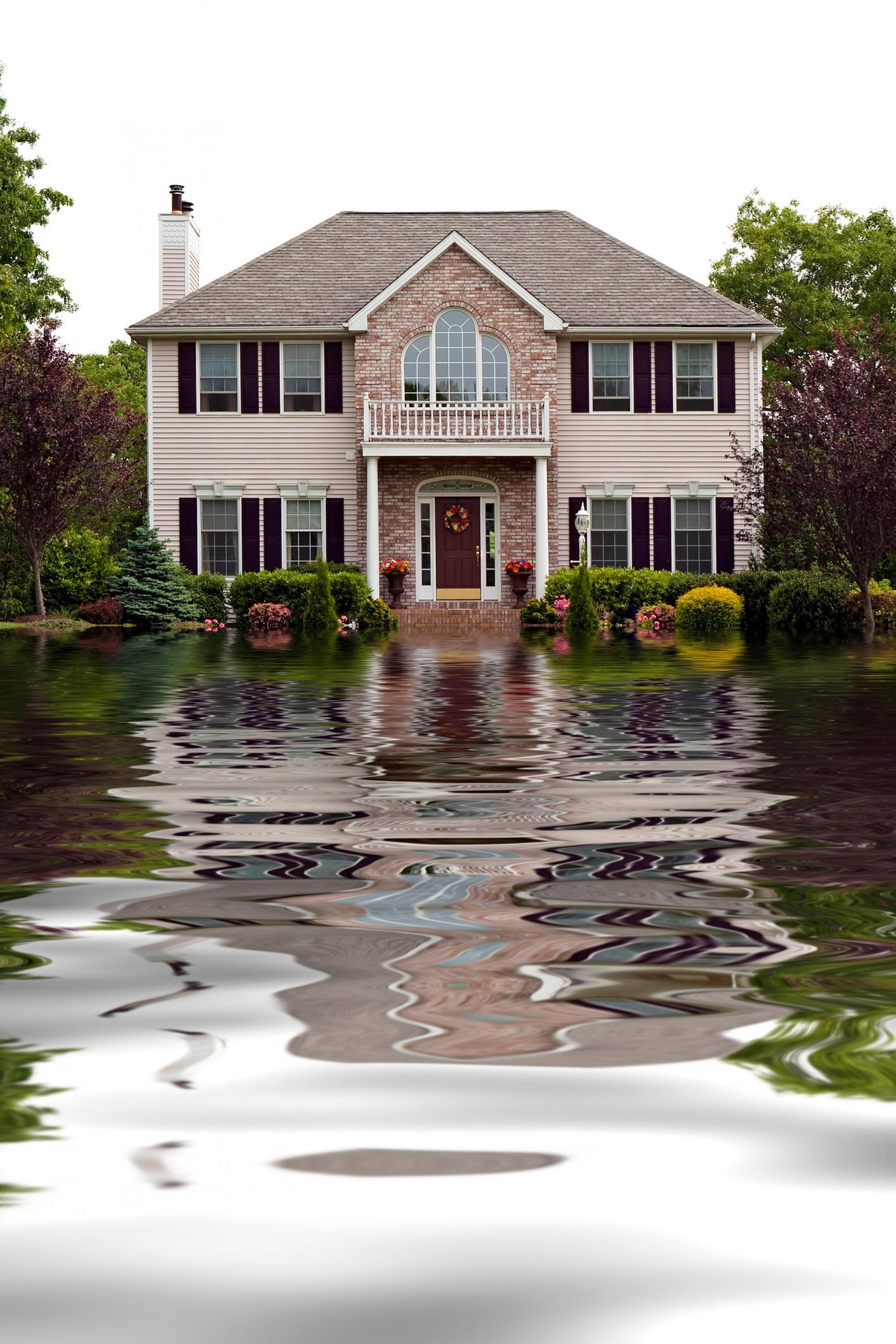
First, check with your homeowner’s insurance policy to see if you are covered for flood damage. If not, many policies may cover your unit if it has been damaged by wind or a fallen tree limb.
Next before touching the physical unit, it’s important to turn off the electricity to your unit to prevent any harm to yourself and any further damage to the unit. You can stop the flow of electricity by simply switching off the breaker via the fuse box.
Outdoor Unit
While most outdoor units are build to withstand all kinds of rain and humidity, it is not designed to be submerged in water. Here’s what to look for after flood damage:
- Check all the wires, connectors, and electrical components for corrosion.
- Check the seal on the condenser fan motor to see if the seal is broken and/or the motor is water damaged.
- Check the coils in the unit to see if they need to be cleaned.
Indoor Unit
Though water resistant, your indoor unit is more susceptible to water damage. Just six inches is enough to submerge and damage portions of your unit, especially in some areas like crawl spaces under your house. While checking the indoor section of your AC, be sure to turn off the AC on the thermostat. Many thermostats have a battery backup and could still have a level of electricity flowing through the system.
Even if your AC unit is still working after the floods, it could take weeks or months for the full effect of the water damage to make itself known. Don’t hesitate to call a local HVAC professional to check and fix these damaged areas.
If you’re in Houston or surrounding areas, including Spring Valley Village, and your AC unit has been damaged in the floods, contact us today for residential service.
 Read reviews
Read reviews








